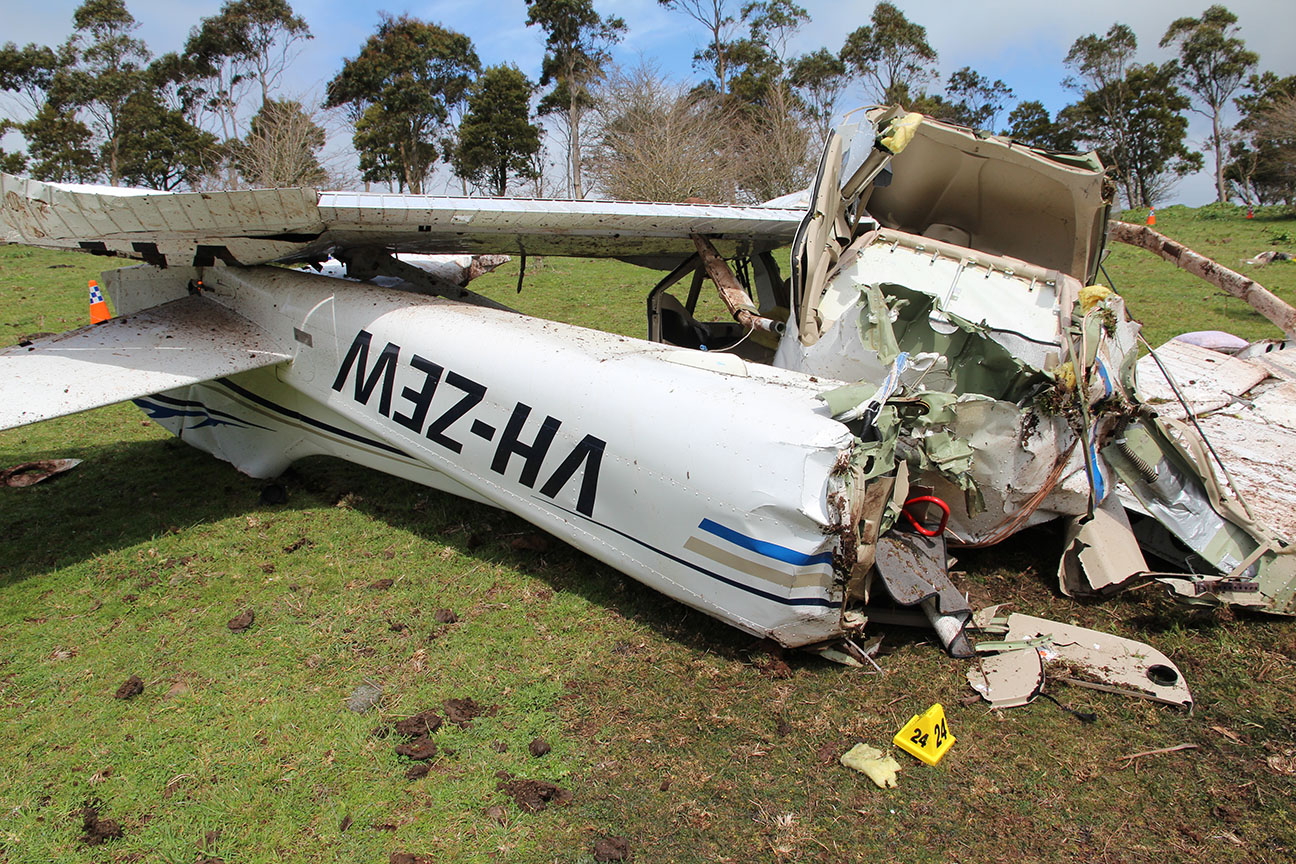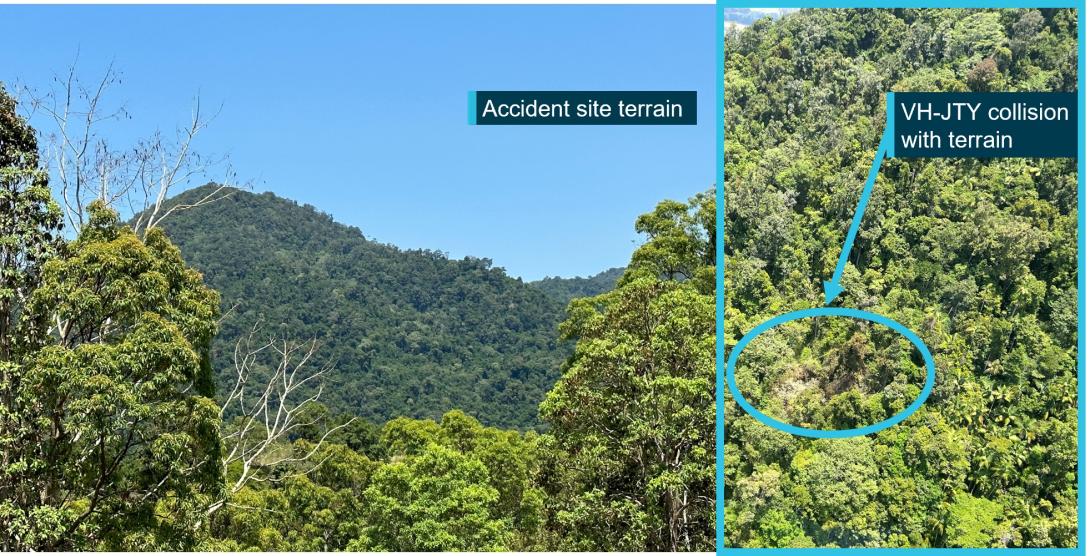The Australian Transport Safety Bureau has warned pilots about the importance of understanding how autopilots and avionics work, after issuing a report into a fatal crash that killed a student pilot on a cross country flight.
The Cessna 172S had been flying about 3000 feet above mean sea level, when it started to descend rapidly, on 8 September 2015. It struck rising terrain at about 2200 feet and was destroyed. The pilot, who was the sole occupant, was killed.
The ATSB found it was likely the pilot had manually manipulated the controls while the autopilot was on and engaged in a vertical mode. As a consequence, the autopilot re-trimmed the aircraft against pilot inputs, inducing a nose-down trim, which led to a rapid descent. ‘The aircraft’s low operating height above the ground, along with rising terrain in front of the aircraft, would have given the pilot limited time to diagnose, react and recover before impact,’ the ATSB said.
ATSB Executive Director, Nat Nagy, said the accident highlighted a matter of serious concern. Advanced avionics and autopilot systems had become common in general aviation aircraft, ‘and while these systems can be very useful, it is vitally important that pilots understand how the systems will react in different circumstances,’ Mr Nagy said.
‘This is knowledge that all pilots need to possess. A simple rule-of-thumb needs to be made clear. If automation is not performing as expected, then the safest option under most circumstances is for them to disengage the system and fly the aircraft manually,’ Mr Nagy said.





